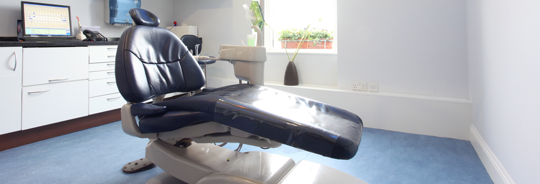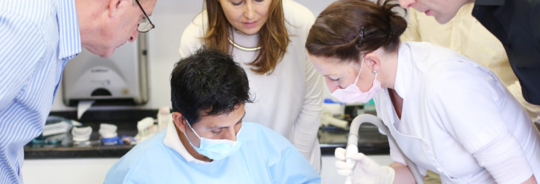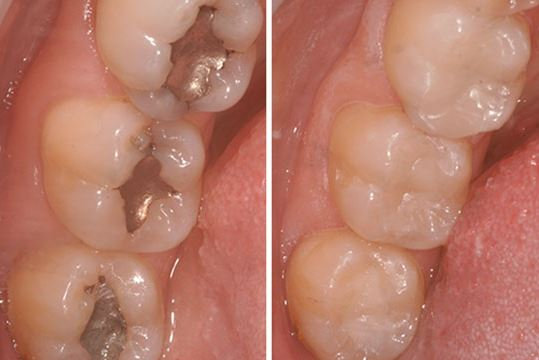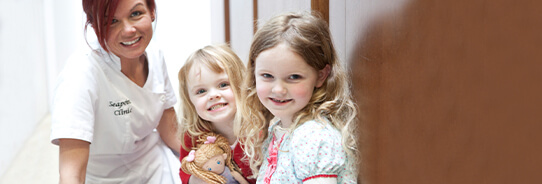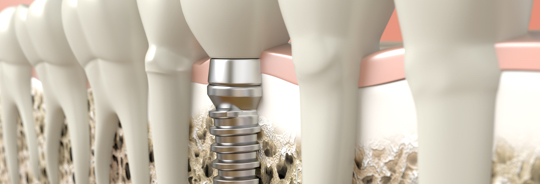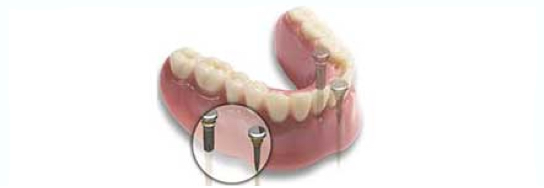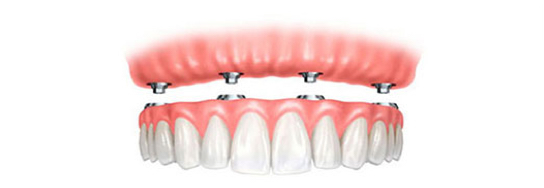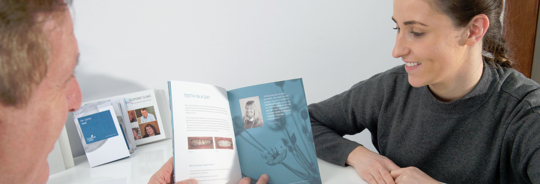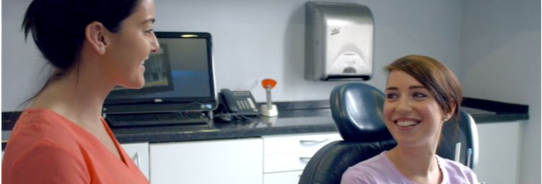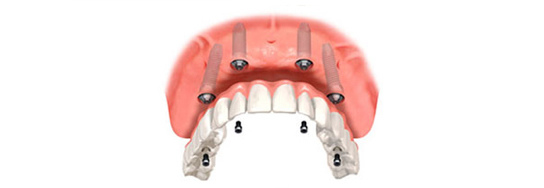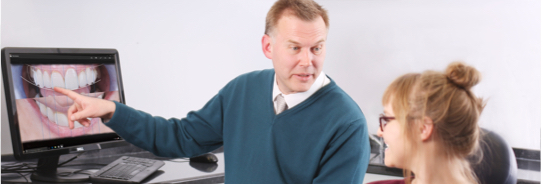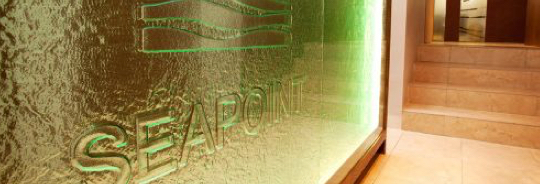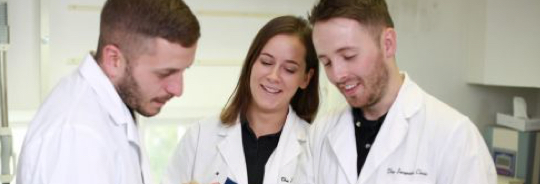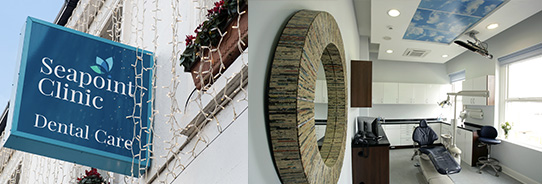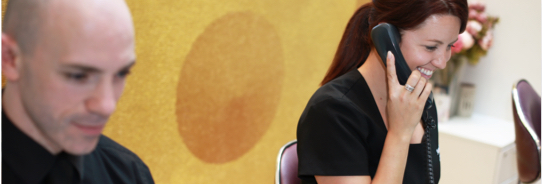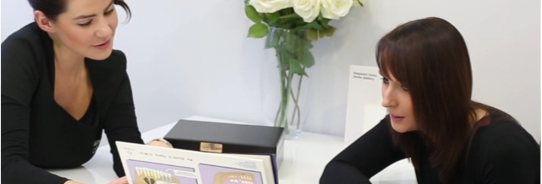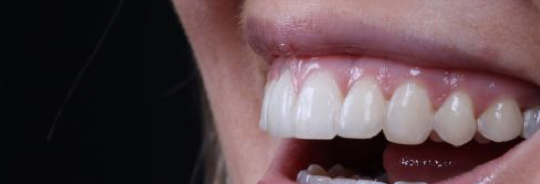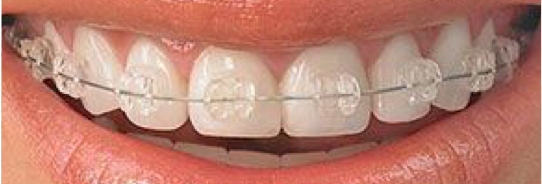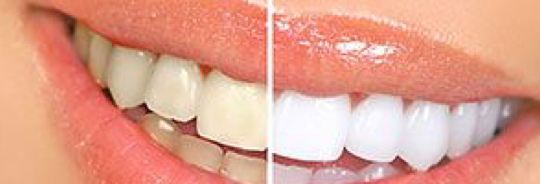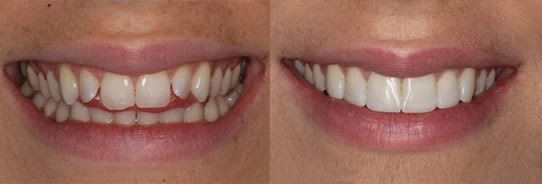
Blog
We post all the latest information here regularly so it's always up to date for you. If there is a topic you would like to have us cover please ask.
11 November 2013
Porcelain Veneers Explained

People are often unsure as to what exactly a veneer is and how it differs to a crown.
A veneer is a wafer thin covering of either porcelain or composite that slots over the front of a prepared tooth. They are mainly for cosmetic purposes, such as changing the size or shape of a tooth, covering gaps or chips, hiding discolouration or getting perfectly straight teeth, without wearing braces.
Crowns, on the other hand, completely cover the whole tooth surface and are generally used when a tooth is unhealthy.
There are both pros and cons to consider when thinking about opting for veneers.
Pros:
- Porcelain veneers have a highly realistic appearance, due to their similar properties to tooth enamel.
- They don't require extensive prepping of your natural teeth, as only a thin facial layer of tooth need be removed.
- They are a very effective way of getting that Hollywood smile and boosting your confidence in a short period of time.
Cons:
- It's a permanent procedure as you have to have some of your own tooth removed. You need to maintain them properly and get them replaced about every 10 years.
- You may experience heightended sensitivity to hot and cold in the tooth as some of your protective enamel will have been removed.
- While porcelain is tough, it's not impervious so you need to be careful when eating hard food and many people will have to wear a nightguard to prevent grinding.
The process of getting veneers done is fast and easy. Your whole treatment may be complete in just three visits:
1. A consult, were you discuss your options with the dentist, they examine your teeth and write up a treatment plan.
2. An appointment to prepare the teeth being veneered, by shaping them and removing about half a millimetre from the front, taking impressions of your mouth to send to the lab and fitting temporary veneers. It usually only takes labs about 2-3 weeks to complete the work and send them back.
3. Final appointment for the veneer fit. The dentist will fit the veneers with special light-cured cement and adjust them to your bite.
When the dentist sends the lab your impressions he/she will also provide them with a prescription as to what colour, shape, material etc. is wanted for your veneers. There are many different types of materials and different ways of constructing veneers:
Foil technique:
Platinum foil is pressed onto the model of your prepped tooth, porcelain is then built onto this shell and fired in a special ceramics furnace until the desired shape, size and colour is attained. It’s then stained and glazed, and the foil removed from the back.
Refractory Die technique:
A special model is made that can withstand firing temperatures and the porcelain is built up and glazed directly onto this.
Press technique:
The veneer is made in wax and then invested in stone. It’s placed in a high temperature furnace that burns out the wax, after it’s put into a special press furnace that presses ceramic into the hollow. Then it’s divested and stained and glazed.
CAD/CAM (computer aided design/computer aided manufacture)
The model or mouth is scanned with a camera so that a digital representation of your teeth is acquired and a veneer is designed on it. This veneer is then machine milled from a block of ceramic and glazed.


Here at Seapoint, we use the CAD/CAM technique. We find it fast, reliable and accurate. Seapoint Clinic is equipped to scan your mouth in clinic which cuts out the need for impressions and models, and as it’s an exact representation of your teeth, it eliminates any errors on fit. It’s always a good idea to discuss labs, materials etc. with your dentist during your consult to make sure you’re getting exactly what you want. We often create and fit products here, such as veneers in one day!
To book your consultation for crowns or veneers, please call our friendly team on 01 2842570 or email info@seapointclinic.ie


